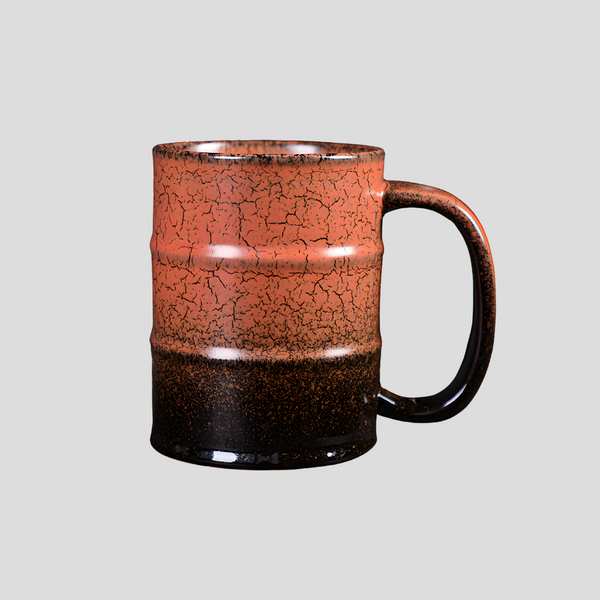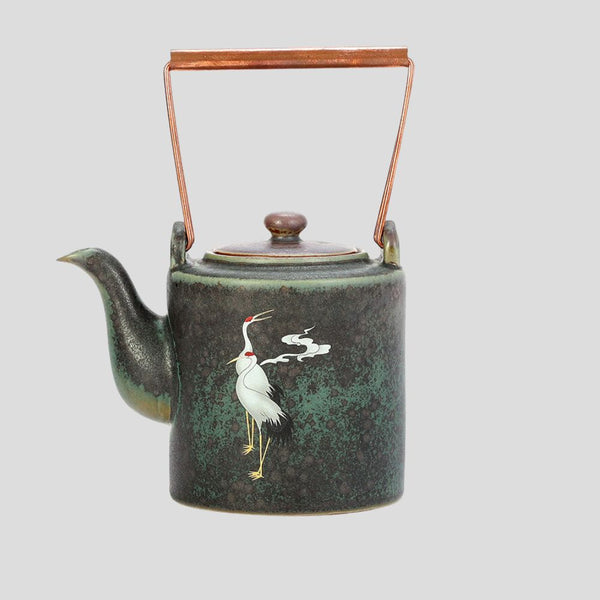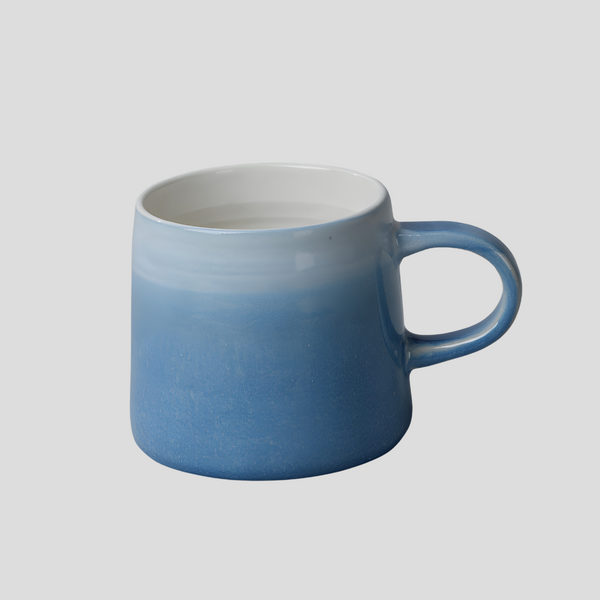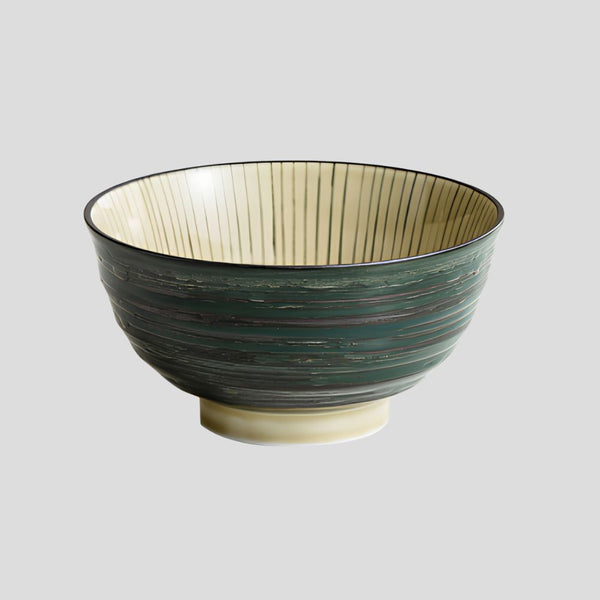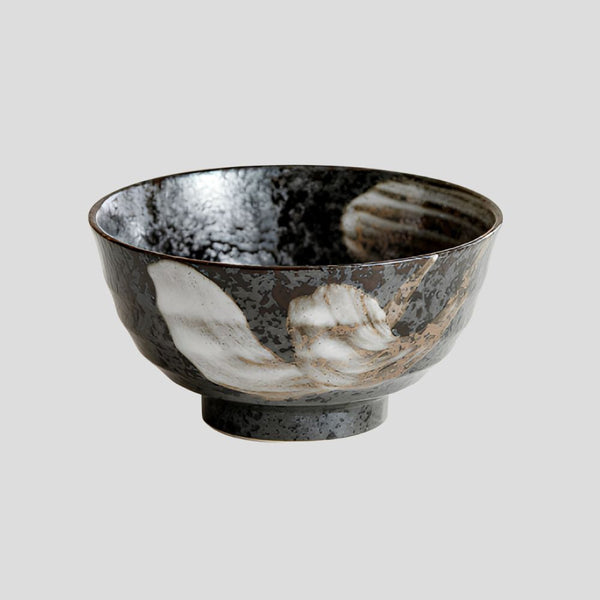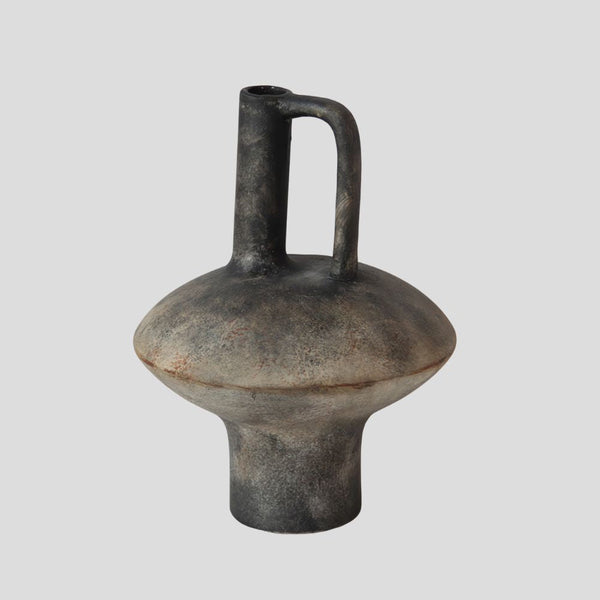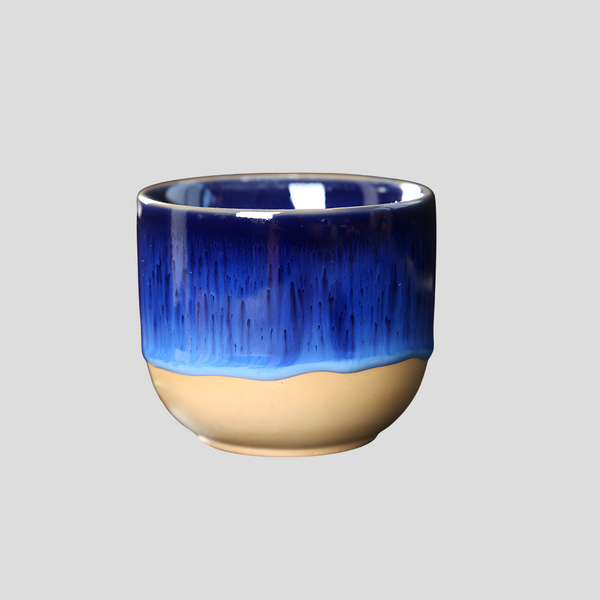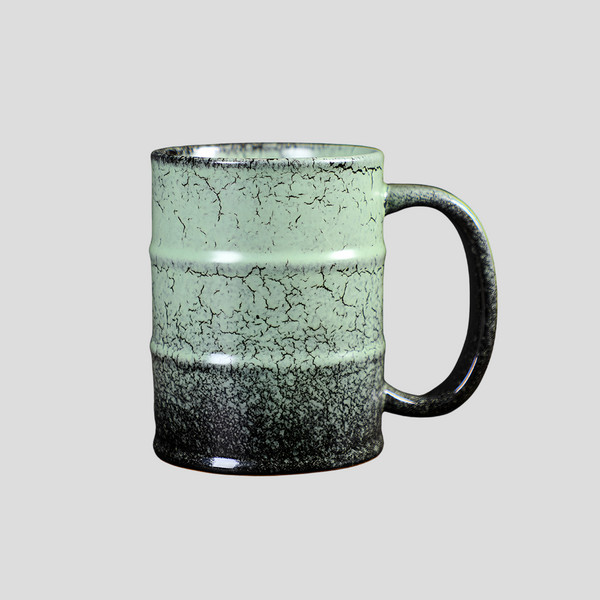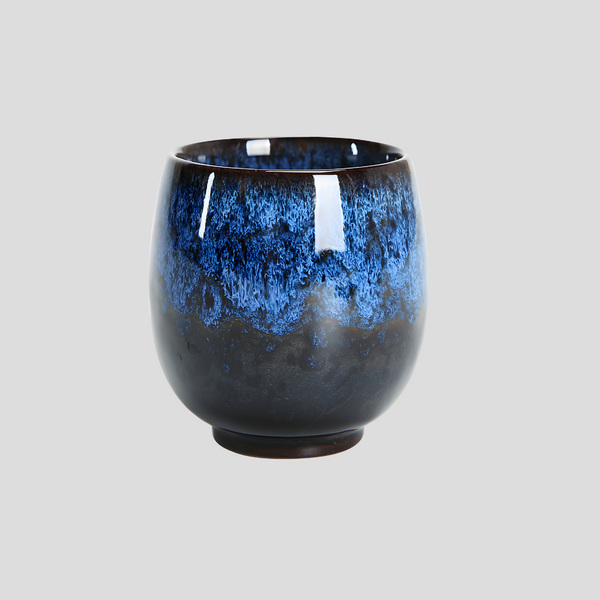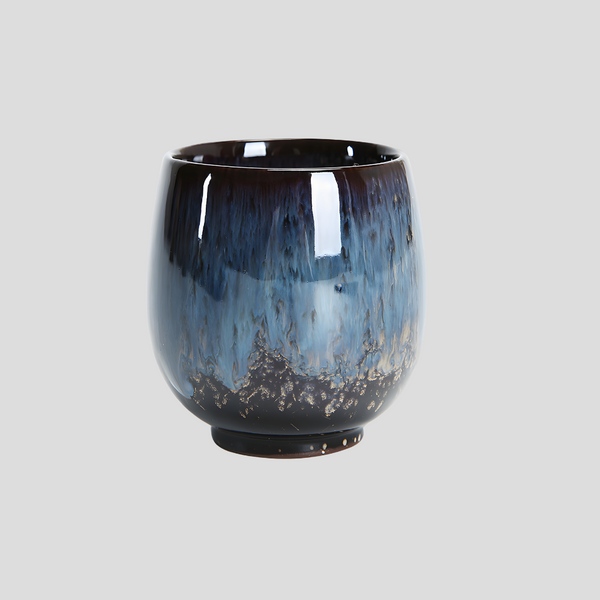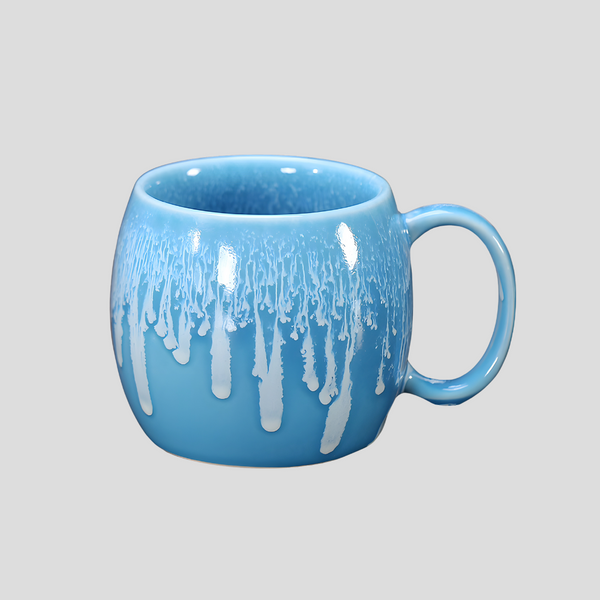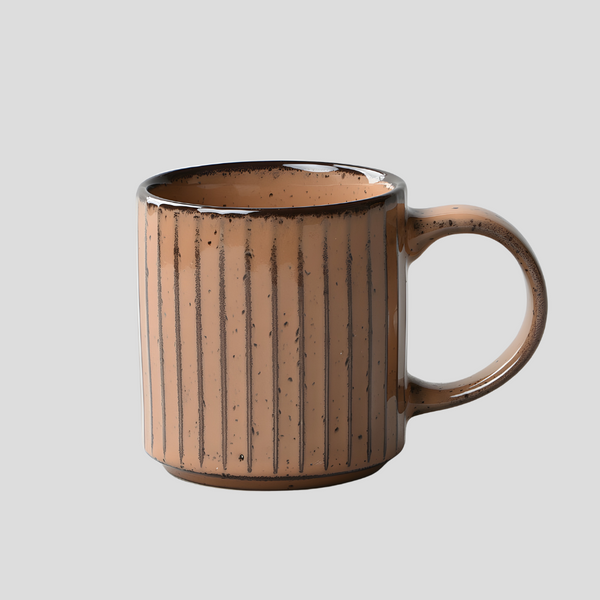
Crafting Unique Ceramics: A Beginner's Guide
Embarking on a journey into the realm of ceramics can be a wonderfully fulfilling endeavor, allowing for the expression of creativity, the development of new skills, and the experience of creating something tangible and unique. This guide offers essential insights and tips to help beginners navigate their way through the fascinating world of ceramic art. Before diving into the technicalities of ceramics, it’s important to find your source of inspiration. Ceramics can be a form of personal expression, so think about what you want to communicate through your work. Look to nature, architecture, or even daily life for patterns, textures, and shapes that ignite your creativity. Remember, inspiration is everywhere—you just need to observe. Ceramics encompasses a wide range of techniques and processes, from hand-building to throwing on a wheel, and various decorating and glazing methods. As a beginner, familiarizing yourself with these basic techniques is essential. Consider starting with hand-building techniques such as pinching, coiling, and slab building, which don't require extensive tools or equipment. These methods offer a hands-on approach to understand the behavior of clay. One of the first decisions you’ll encounter is choosing the right type of clay. There are several kinds, each with its own properties and firing temperatures. Earthenware, stoneware, and porcelain are the most commonly used types. While earthenware is great for beginners due to its workability and lower firing temperature, stoneware and porcelain are known for their durability and aesthetic qualities. Your choice of clay will depend on the desired finish and functionality of your ceramic pieces. Once you’ve chosen your clay, it’s time to start shaping. Don’t worry about perfection. Embrace the learning process and allow yourself to make mistakes. This stage is all about understanding how the clay feels and responds to your touch. When hand-building, remember to keep the clay moist to prevent cracking. Additionally, as you experiment with shapes and forms, consider the structure of your pieces to ensure they are both beautiful and functional. Decorating and glazing are where your pieces truly come to life. The myriad options for embellishment—from underglazing techniques, sgraffito, to various glazing applications—offer endless opportunities for personalization. It’s important to note that the type of glaze and the firing process used will heavily influence the final appearance of your ceramics. Experimenting with different decorating techniques and glazes is vital to understanding the vast potential of ceramic art. The firing process is what transforms your clay object into a durable ceramic piece. Most ceramics require a bisque firing, followed by a glaze firing. While having your own kiln offers control over the firing process, many beginners find studio rentals or community kilns accessible and educational environments to fire their work. Understanding the firing process is crucial, as it affects the color, texture, and strength of the final product. Mastering ceramics is a lifelong journey of learning and experimentation. As you grow more comfortable with the basics, don’t hesitate to explore more advanced techniques and develop your unique style. Joining a community of ceramic artists or taking classes can provide valuable feedback, motivation, and ideas for your continued artistic development. Most importantly, remember to enjoy the process and the unique path you’re carving for yourself in the world of ceramics. Delving into ceramics can be a deeply rewarding venture, offering endless possibilities for creativity and self-expression. By starting with inspiration and basic techniques, then gradually exploring more complex methods and styles, you’ll be well on your way to crafting unique, beautiful ceramics. Embrace the process, learn from each piece you create, and most importantly, enjoy the journey.Crafting Unique Ceramics: A Beginner's Guide
Finding Your Inspiration
Understanding the Basics
Choosing the Right Clay
Getting Your Hands Dirty
Decorating and Glazing
Firing Your Creations
Continuing Your Ceramic Journey

